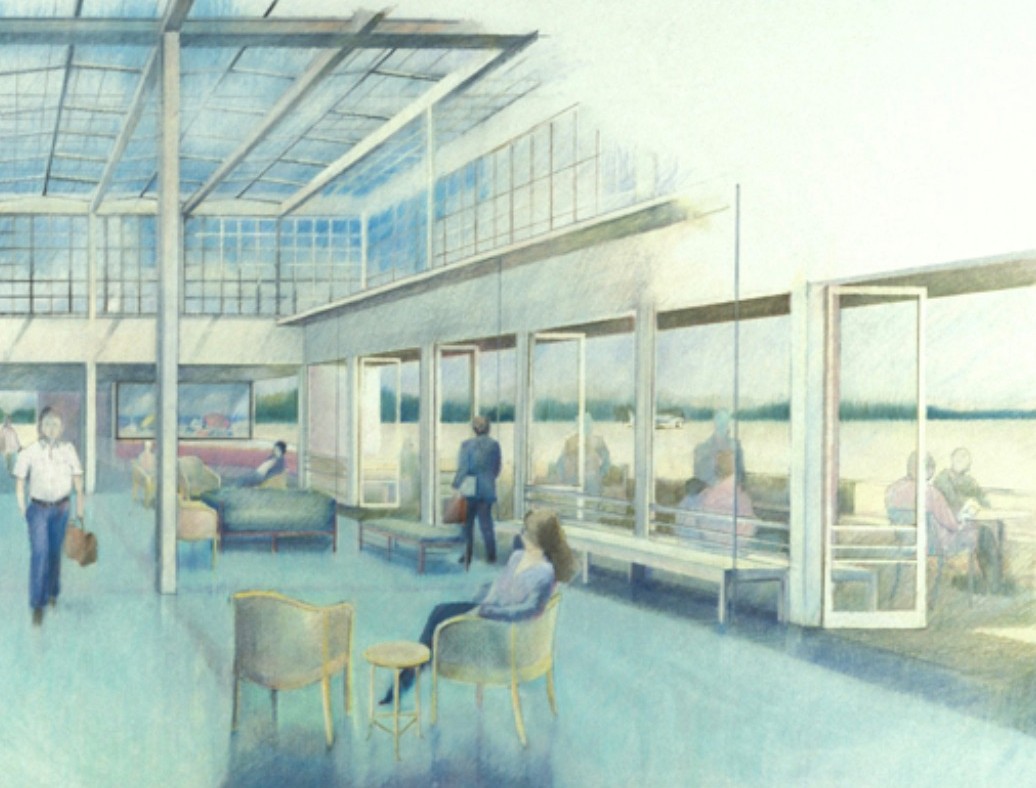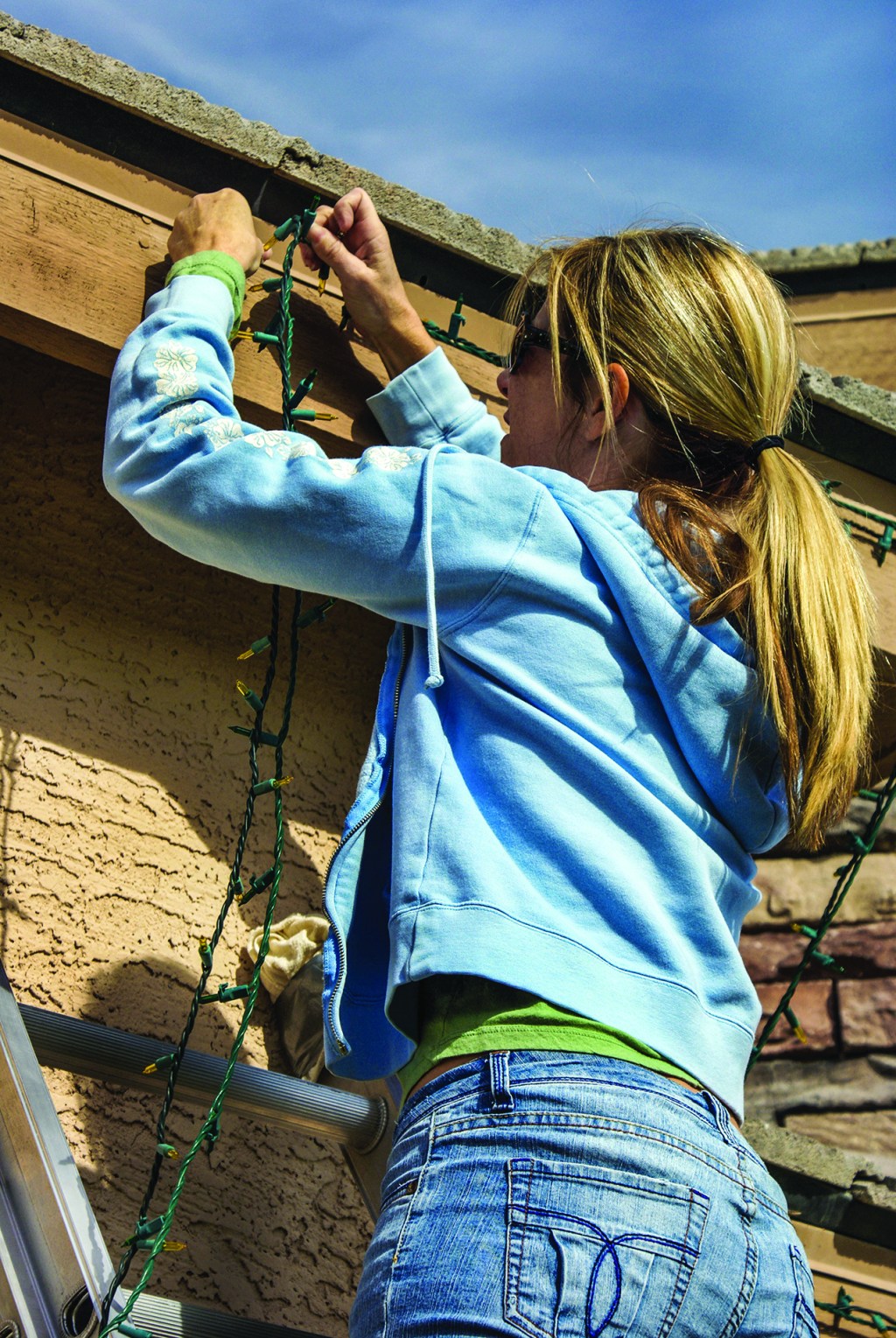Our Smaller Airport: How East Hampton Airport Downsized from Big Plans

Three weeks ago, the Town of East Hampton triumphantly announced that their drive to downsize the East Hampton Airport, which they own, has been approved by the Federal Aviation Administration. The town will close the current general aviation airport on May 17 and thus retire their current three-letter HTO location identifier that day. Then, two days later, a private airport on the site with the same management but with the new location identifiers JPX would reopen as East Hampton Town Airport. With this change, the town assumes control of what comes and goes, and can create new rules designed to reduce the noise coming from the airport to a more tolerable level.
This could mean fewer loud helicopters and fewer thunderingly large jets and a return to what the townsfolk want: a level of activity more appropriate for a smaller, more personal, rural aviation facility.
That has not always been what the townspeople have wanted. A generation ago, many in the town wanted the airport to simply get bigger and bigger without limit, to show one and all that East Hampton was becoming a world-class resort that approved of a thunderous roar of activity of those who would come here by plane.
Furthermore, the airport at that time had a terminal that could only generously be described as a dump.
Until 1985, the terminal was a World War I surplus barracks building from Camp Upton shoved up against an oversize chicken coop that a farmer had dragged in. The terminal leaked, there were holes in the floor, the plumbing, added as an afterthought, now smelled of urine and rotting wood. This terminal, built in the late 1930s and never upgraded, was ready to be replaced.
And there was another reason. In the 1980s, two airlines started offering scheduled daily flights between East Hampton Airport and Manhattan aboard twin-engine Beechcrafts. Both airlines had manned ticket booths in this falling-down building. They were East Hampton Air and Montauk-Caribbean Air. And then, in 1989, a third airline started a scheduled daily helicopter service to and from Manhattan. It was owned by Donald Trump. His black and shiny choppers featured uniformed stewardesses. The Trump name, in gold, adorned the sides of the choppers.
It was an embarrassment for the town, this terminal. Something needed to be done.
Thus, in 1989, Alistair Gordon, the art critic of The East Hampton Star, got the idea to have an international competition for the replacement of the old decrepit East Hampton Airport terminal. After getting approval from Town Supervisor Tony Bullock, Gordon created Beaux Arch, a local organization devoted to improving public structures, and sent letters out to prominent architects around the world inviting them to submit a winning design. And the entries came in by the dozens. It was a great success. It was so great that Gordon organized a gallery showing of all the scale model terminals sent in. It took place in the main hall of the LTV television studio in Wainscott, and all citizens were invited to have a look. A board of architectural critics would determine the winner, and the winning entry would be built.
People were horrified. One entry from Spain looked like a giant aircraft wing. Another featured a twenty foot propeller. Still others were glass boxes that sparkled in the sun. All were modern, spectacular, highly imaginative entries. East Hampton had arrived.
The New York Times wrote about this competition. The Times was happy to report that in the prior year there were 40,000 takeoffs and landings at East Hampton. We were a resort town on the move.
Gordon announced the winner. It was an all-glass box attached to an all-glass cylindrical tower. It looked like a very avant-garde version of the Long Island MacArthur Airport terminal. This would be a triumph for Gordon if built. And it would be a feather in the cap of The East Hampton Star.
As publisher and editor of Dan’s Papers at the time, I was appalled by the winner. I argued that since this was a gateway into the Hamptons, the airport terminal should be a shingle-style affair reflecting the 300-year-old New England tradition of our towns. I suggested the 19th century Main Beach Pavilion as an inspiration for what could be built. I also published photos of the Martha’s Vineyard Airport. It featured a round rotunda that made one think of a carousel. Same idea as the Marine Air Terminal built at LaGuardia Airport in 1940.
The town seemed divided about the future of the airport. Town Supervisor Bullock hesitated, then decided that the model of the winning entry be put in the window of the Village Hardware Store. Then, after a month, a town-wide referendum would decide if it should be built.
During this interval, an architectural firm in Sag Harbor made a set of drawings showing my rotunda concept. And I then put these drawings on our front page. Also at this time, many in the art community criticized my position. If my idea of celebrating our traditions was built instead of the winner, East Hampton would never be the site of an international competition again. We should embrace the future of the Hamptons leaping into the arena of world-class resorts such as the Riviera, Las Vegas and Palm Springs.
As for Supervisor Bullock, one day I visited him at his office on another matter and when I turned to leave, I saw he had pinned up on his wall the drawing made of the shingled terminal with the rotunda.
“I’ll do whatever the town votes,” he told me. “But I’m rooting for tradition. I can tell you if that’s the decision, we’ll be sued by the winning firm. And settling that will take five years of litigation. In the meantime, nothing will be built.”
In the town-wide referendum just over 70% of the people voted not to build the winning entry. And five years later, the more traditional terminal got built and it is there today. Meanwhile the three airlines, finding the scheduled flights unprofitable in the downturn of 1990, ended their scheduled flights and returned to just offering charter flights.
The people who live in this town today have again done what that earlier generation had endorsed. Smaller is better.









